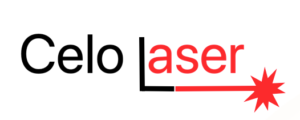What is Band Protocol & Does Celo Use It? Ubeswap and Other Defi Blockchain Projects Adopt Oracles
Web 2.0 has requirements to interact with blockchain technology. Band’s Oracle protocols bridge the gap and see adoption by major players in the cryptoverse such as Ubeswap. Celo has joined in adoption as use of these oracles.

Band Protocol’s decentralized, permissionless, and time-tested data oracle solution is now available on Celo. With its own chain structure (“BandChain”), the solution is not only end-to-end customizable, but also inexpensive and safe.
Typically, data sharing largely depends on third-party APIs accessed through a secure HTTP connection. Without oracles, blockchains are unable to interact with real-world data native to the traditional (Web2) internet. Because smart contracts within a blockchain platform are isolated from Web2 functionality, external communication isn’t possible. Band oracles on Celo solve this communication problem in a robust and resilient way.
Expanding Ecosystem Reach
The integration of Band oracles on the Celo blockchain enables projects built on Celo to receive real-world data to smart contracts reliably, expanding the ecosystem’s reach into external data on legacy systems. In short, the oracles allow the Celo platform to navigate from a closed smart contract system to an open and inclusive system, providing greater flexibility to developers and users of the network.
Incorporate Band Into Your Project
Access to Band protocol on Celo is available on both mainnet and Alfajores testnet. Several projects on Celo, including Ubeswap, Moola, Kresko, and Mobius, have already adopted Band oracles to expand and improve their user experiences. If you are a developer looking to incorporate Band oracles into your project, review our tutorial to get started.
To learn more about building, deploying, and managing applications on the Celo network, read our technical documentation.
Via this site

